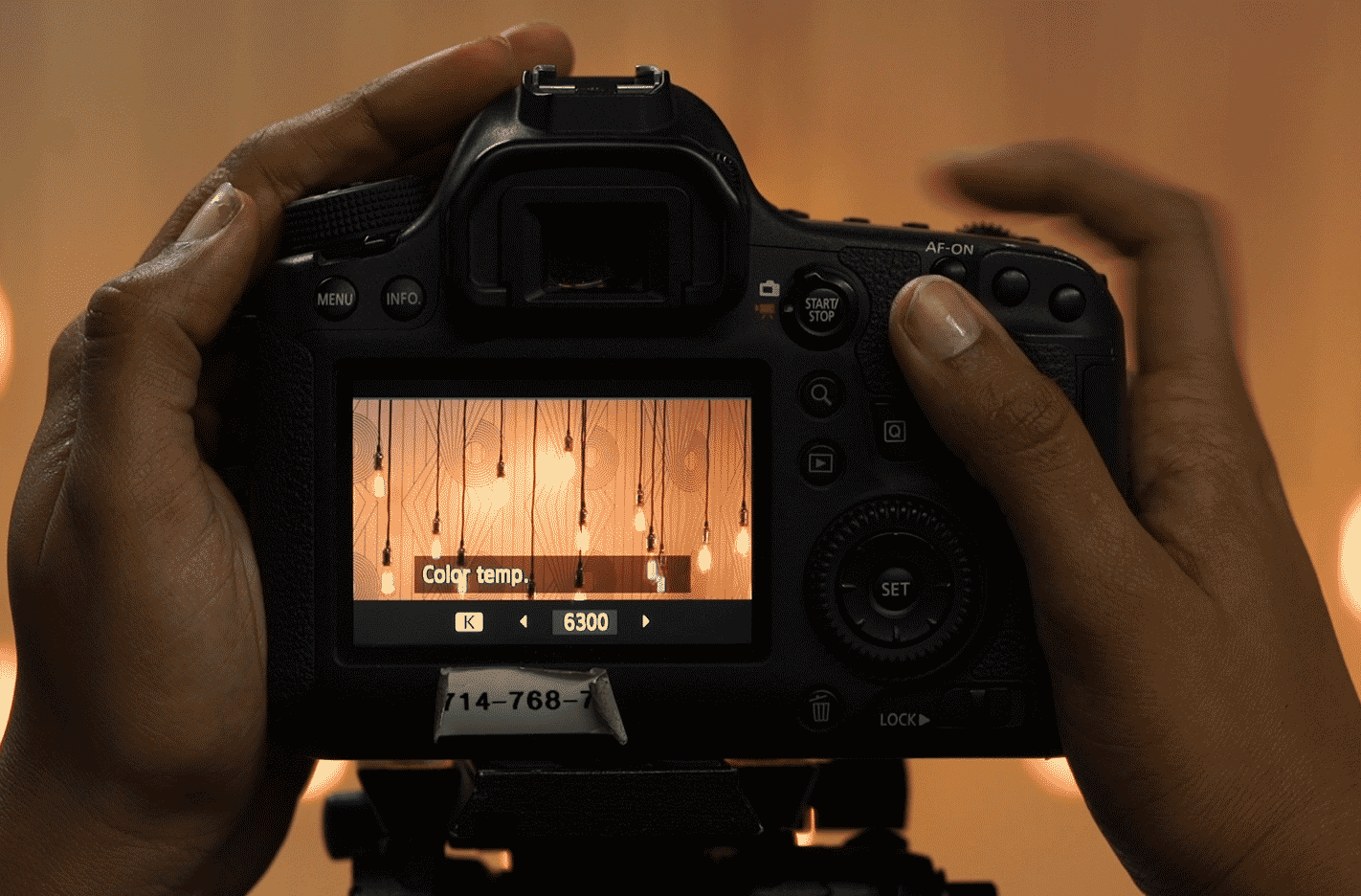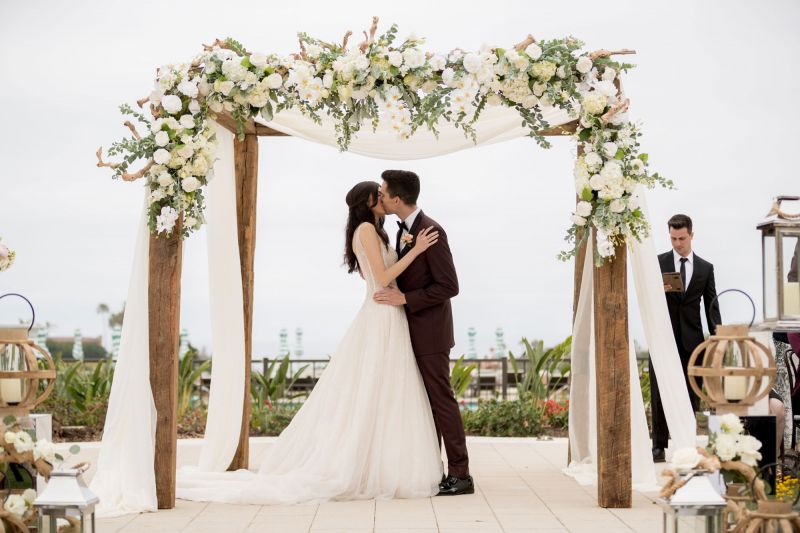
Photographing a wedding ceremony can be one of the most stressful parts of the wedding day. During the live and unpredictable ceremony, the photographer has little to no control over the lighting, the expressions, and overall scene. This makes planning and preparing even more important for the wedding ceremony. After polling over 200 photographers in our community, we found the following eight tasks to be the most important for prepping for the ceremony. Be sure to save this wedding photography to-do list for your next wedding!
1. Sync your cameras/beginning of the day (26%):

Syncing your cameras (lead, 2nd shooter, 3rd shooter) at the beginning of the day saves time in post and ensures that moments appear in the catalog chronologically as the event was captured. Time.gov is a great resource for syncing your cameras down to the second. If you forget to sync before you start shooting, do not sync up part way through the shoot. Instead, sync in post.
2. Communicate team positions (16%):

Make sure each member of your team knows where to stand during the ceremony. No two shooters should occupy the same space at the same time unless one is shooting wide while another is getting a tighter crop, which is common for capturing the first kiss. For the most part, spread out with one shooter on each side of the ceremony and one shooting down the aisle.
3. Fresh battery + spare in your pocket (15%):

Some ceremonies run longer than others, and it’s good to play it safe and carry extra batteries, just in case.
4. Enough memory + spare in your pocket (10%):

On the off chance your memory card fails or otherwise becomes full, it’s a good idea to keep an extra card on hand so that you never miss a moment.
5. Lenses/accessories at the ready (10%):

You don’t want to have to run back to your gear stash to grab a lens in the middle of a ceremony; keep your go-to lenses on your person in a handy bag or pouch. For more information on recommended accessories, see our full list of “The Best Camera Accessories For Photographers On The Go.”
6. Exposure + White Balance synced (5%):

All shooters should communicate their exposure and white balance for consistency in post. In addition to syncing your exposure and white balance settings with other team members, remember to consider the effects of light transmission. In a 24-70mm zoom lens, for example, less light (between a ½-stop to 1 full stop of light) enters the camera when the lens is zoomed to 70mm as opposed to 24mm. In other words, zooming in and out can affect your exposure.
The best way to make sure your exposure is consistent is to check your histogram and make sure you’ve retained your highlights and shadows. At the end of the day, time is money, and having to individually adjust these settings in post can waste a lot of time.
7. Communicate movement with cinema (5%):

Communicating with cinema, whether they’re a part of your team or not, should minimize the number of times you block one another’s shots.
8. Know the first kiss moment (discuss with officiant) (3%):

Ask the officiant what he or she will say before announcing that the groom may kiss his bride so that you can get into position and capture the first kiss. Specifically, ask what will be said around one minute before the kiss to ensure you have enough time. It’s also a great idea to ask the officiant to step away from the couple so that he or she is not included in the first kiss images.
Bonus Tip | Know your sun direction

As a bonus tip, be sure to know where the sun will be for the ceremony. This can help you plan angles and positions that maximize the best lighting available. To track the sun position throughout the day, use an app like Sun Seeker.
More Information | Conclusion
For more wedding ceremony information, see our full (free) guide in the article titled “How To Master The Ceremony.” For a complete A-Z video course, see Photographing the Ceremony, part of the Wedding Photography Training System. We designed Photographing the Ceremony to train wedding day teams of all sizes to master wedding ceremony coverage with efficiency using non-invasive photojournalism techniques. Course objectives include never missing a moment, being creative under constraint, understanding wedding cultures, telling complete stories, and directing/managing a wedding team.
This course can be found in SLR Lounge Premium.




Get Connected!